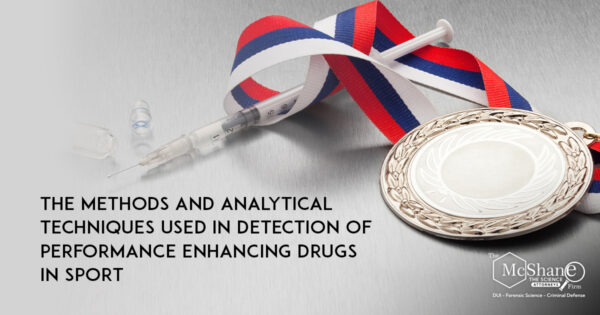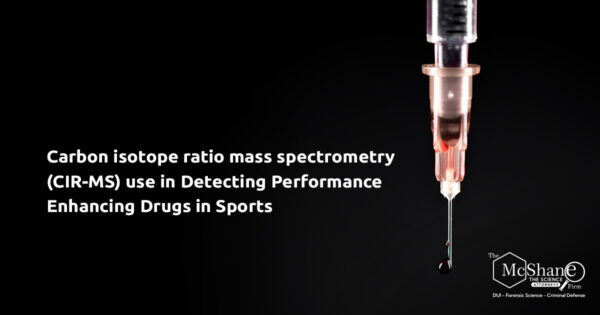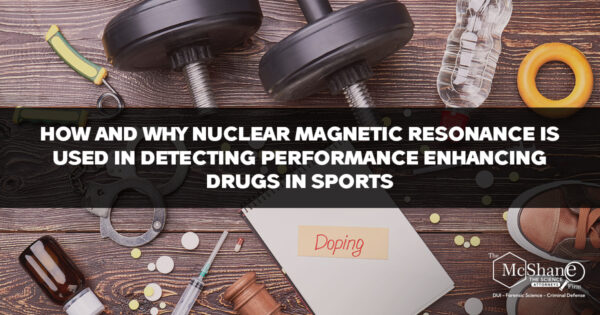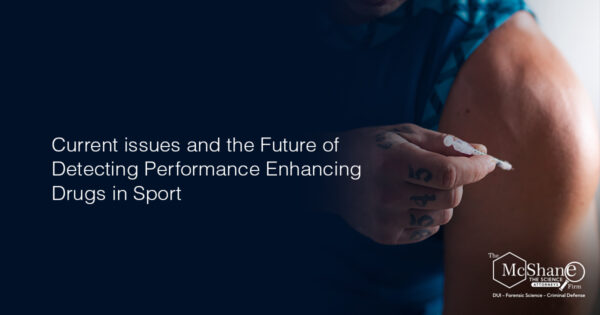While the World Anti-Doping Agency (WADA) has made significant advancements in the detection of performance-enhancing drugs, some substances and techniques still pose challenges due to their rapidly evolving nature, short detection windows, or the ability to mimic naturally occurring substances in the body. Some of the most difficult-to-detect performance-enhancing drugs include: Designer Steroids: Designer steroids […]

WADA/USADA testing for banned substances and performance enhancing drugs in sport
The United States Anti-Doping Agency (USADA) and the World Anti-Doping Agency (WADA) follow a standardized process for collecting and testing athlete samples to ensure the integrity and reliability of anti-doping measures. The process generally involves the following steps: Athlete Selection: Athletes are selected for testing either at random or based on targeted testing. Targeted testing […]

The future for performance enhancing drugs in sports
The future of testing for performance-enhancing drugs in international sports will likely be characterized by the development of new analytical techniques, improvements in existing methods, and the integration of cutting-edge technologies. As doping techniques become more sophisticated, anti-doping organizations will need to continually adapt and innovate to maintain the integrity of sports. Here are some […]

The Methods and Analytical Techniques used in Detection of Performance Enhancing Drugs in Sport
Throughout the history of drug testing in sports, various analytical techniques have been used to detect an ever-evolving range of performance-enhancing substances. Some of the key techniques and substances tested for include: Gas Chromatography-Mass Spectrometry (GC-MS): GC-MS is a widely used analytical technique for detecting a range of substances, including anabolic steroids, stimulants, and masking […]

Undetectable performance enhancing drugs in sports
Traditional testing methods for detecting anabolic steroids in sports primarily rely on analyzing the presence of known anabolic steroids and their metabolites in biological samples, such as urine or blood. Anabolic steroids are synthetic derivatives of testosterone, the primary male sex hormone, which promotes muscle growth and strength. When anabolic steroids are ingested, they are […]

Carbon isotope ratio mass spectrometry (CIR-MS) use in Detecting Performance Enhancing Drugs in Sports
Carbon isotope ratio mass spectrometry (CIR-MS) is an advanced analytical technique used to detect the use of synthetic anabolic steroids in sports by differentiating between naturally occurring and synthetic forms of the hormones based on their carbon isotope ratios (13C/12C). CIR-MS is highly sensitive and specific, making it a valuable tool in anti-doping laboratories for […]

How and why Nuclear Magnetic Resonance is Used in detecting performance enhancing drugs in sports
Nuclear magnetic resonance (NMR) is a highly sensitive and non-destructive analytical technique that provides detailed information about the molecular structure, dynamics, and chemical environment of a compound. NMR is based on the interaction between atomic nuclei possessing a magnetic moment (e.g., 1H, 13C, 15N) and an external magnetic field. In the context of detecting performance-enhancing […]

Advanced Forensic Techniques for Blood Doping and Erythropoietin Detection in Sports
Introduction: Blood doping, which involves the use of erythropoietin (EPO) or blood transfusions, is a significant concern in the world of sports. The practice enhances an athlete’s endurance by increasing the oxygen-carrying capacity of their blood, providing an unfair advantage over competitors. In this blog post, we will delve into the advanced forensic techniques employed […]

Athlete Biological Passport (ABP): A Forensic Science Approach to Doping Detection
Introduction: The Athlete Biological Passport (ABP) is a groundbreaking, longitudinal monitoring program designed to combat doping in sports by tracking selected biological variables in athletes’ blood and urine samples over time. This innovative approach relies on forensic science techniques to analyze these variables, enabling the detection of abnormal changes that may indicate doping. In this […]

Omics Technologies in Doping Detection: Unraveling the Molecular Landscape of Performance Enhancement
Introduction: The fight against doping in sports has entered a new era with the emergence of omics technologies, which include genomics, proteomics, and metabolomics. These cutting-edge methodologies provide unprecedented insights into the molecular mechanisms underlying physiological processes and hold great promise for detecting performance-enhancing drugs (PEDs) and other prohibited practices. In this blog post, we […]

The Science Behind Detecting Banned Substances in Horse Racing: Protecting the Integrity of the Sport
Introduction: Horse racing, often referred to as the “Sport of Kings,” is a high-stakes industry where the health and performance of thoroughbred horses are paramount. Ensuring the integrity of the sport involves rigorous testing for banned substances and prohibited practices. In this blog post, we will delve into the science behind detecting these substances in […]



